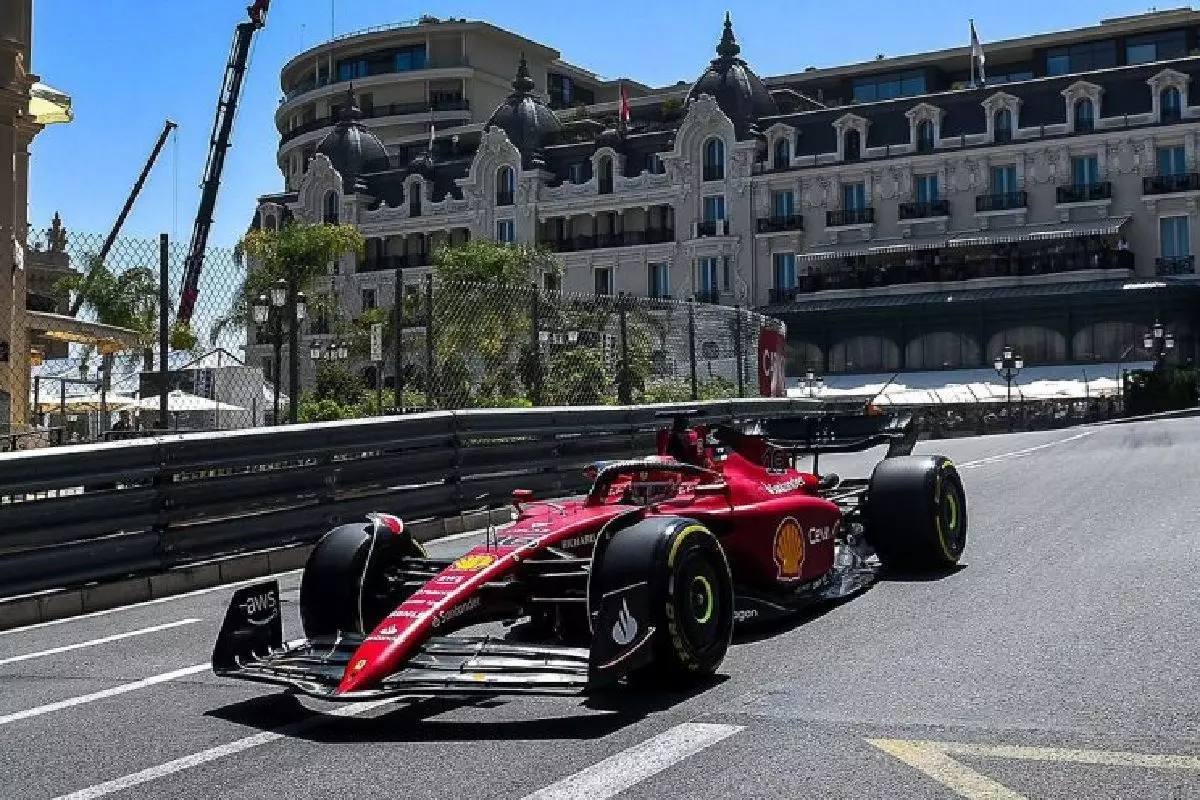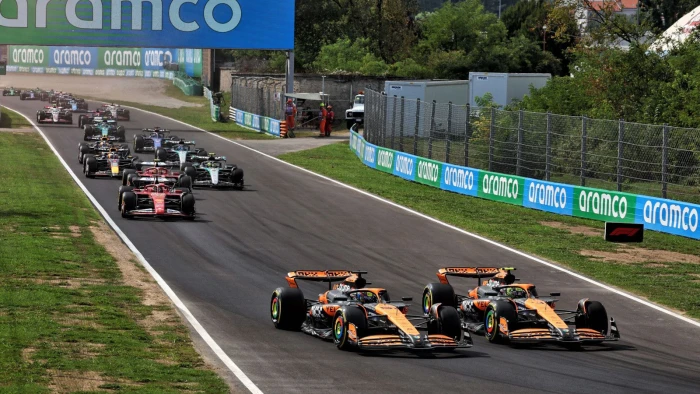Five reasons why the Monaco GP should stay on the F1 calendar

Ferrari's Charles Leclerc on track during first practice for Monaco GP
Formula 1's most glamorous, iconic race could be in danger of being lost from the calendar, at least on an annual basis - but could that move be truly justified?
However, there are several reasons why Monaco should stay on the schedule. Okay, we get why perhaps not staging it every year could make sense, perhaps on a biennial basis instead, but it should certainly not be lost altogether. Planet Sport discusses why…
Monaco is an integral part of F1's history
Is it right to just sweep away all the old circuits that originally launched Formula 1?
Monaco presents a special kind of challenge
Lewis Hamilton: "It's so bouncy out here man. I think I'm losing my mind."#MonacoGP #F1
— PlanetF1 (@Planet_F1) May 27, 2022
Monaco Grands Prix can be dramatic
But Monaco is the sort of place that is transformed, in every sense, by rain.
The race where only three drivers crossed the finish line ?#MonacoGP ?? #F1 pic.twitter.com/rkY72jpf3a
— Formula 1 (@F1) May 24, 2020
Monaco is very easy on the eye
We are not just talking about the surroundings. The track itself boasts more intriguing features than other street circuits - Casino Square, the hotel hairpin, the tunnel, the swimming pool complex, La Rascasse.
If you could watch the #MonacoGP from any corner... which one are you choosing? ?#F1 pic.twitter.com/WRCZxY0mAC
— Formula 1 (@F1) May 27, 2022


